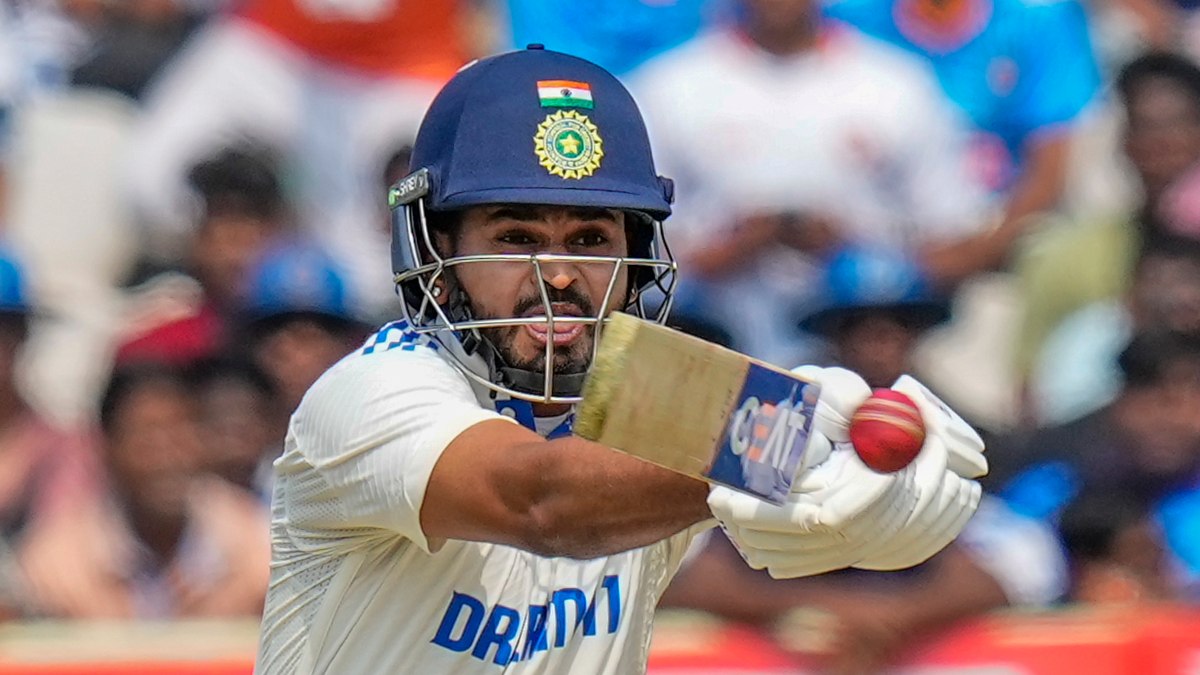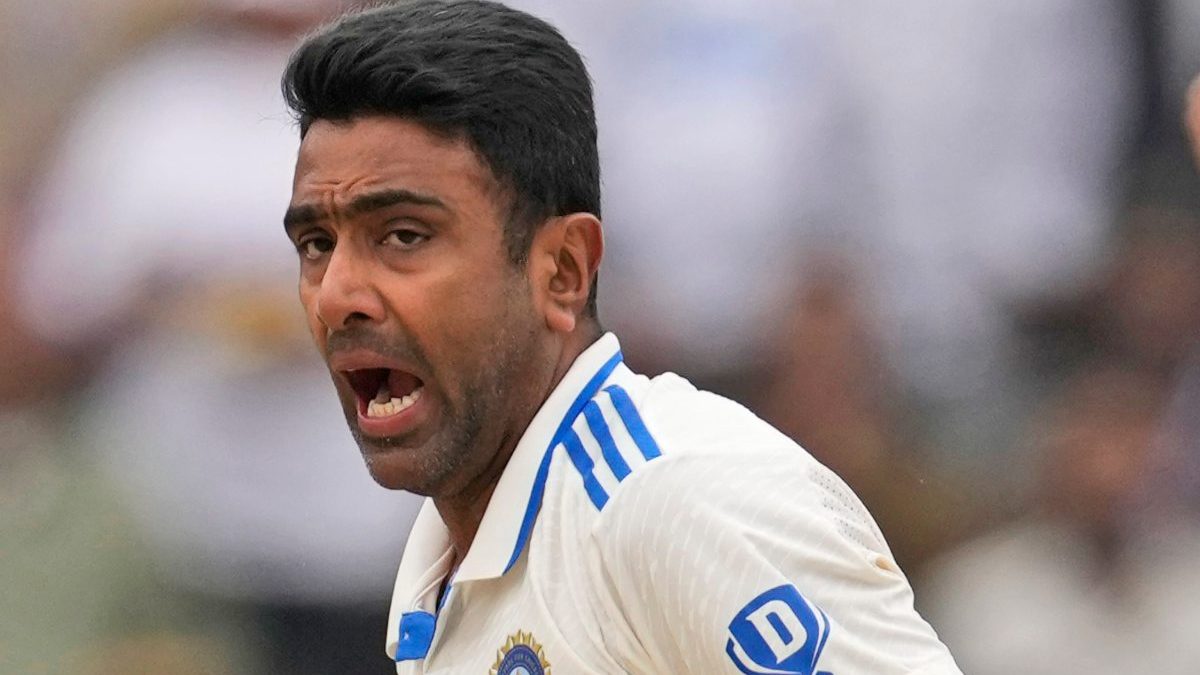Even the most devoted fan would not have dreamed their favourite team to win immediately after they were bowled out for 36, lost their premier batsman and new-ball bowler, and were forced to induct two debutants – all in one go. That happens in movies, not in real life. Perhaps there will be a movie on this one, too.
The chief architects of the win were, as is the case with almost every overseas triumph, the bowlers. All eleven Australians batted twice in Melbourne, but none of the twenty-two efforts resulted in an individual fifty. At home, Australia have faced this ignominy only four times since 1901-02, and never since 1988-89. That sums it up.
To add to that, no Australian has scored a Test hundred against India for six Tests now – and they have played all six at home. There have been only ten individual fifties. Barring the Adelaide Test and the rain-affected one at Sydney two years ago, they have been bowled twice every time.
If Jasprit Bumrah (29 wickets at 18.82) has been the spearhead of this sustained demolition of a pace attack where Mohammed Siraj has been the newest inductee. While there is little doubt over the quality of the pace attack, the spinners have shaped up as well – taking strides towards countering the theory of Indian spinners performing only at home.
| Bowler | Series | M | W | Average | SR |
|---|---|---|---|---|---|
| Ashwin | 2018-19 | 1 | 6 | 24.83 | 87 |
| 2020-21 | 2 | 10 | 17.70 | 51 | |
| TOTAL | 3 | 16 | 20.37 | 65 | |
| Jadeja | 2018-19 | 2 | 7 | 28.57 | 76 |
| 2020-21 | 1 | 3 | 14.33 | 39 | |
| TOTAL | 3 | 10 | 24.30 | 65 | |
| Kuldeep | All 2018-19 | 1 | 5 | 19.80 | 38 |
The Australians of 1921, 1948, or the 2000s, the West Indians of the 1970s or 1980s, the South Africans of the 19990s and 2000s, the England side of the 1950s – all great sides have boasted of at least two world-class fast bowlers. You need that to take twenty wickets overseas on a consistent basis.
Curiously, what most of them – Australia of the 2000s, England of the 1950s were exceptions – lacked was great spinners. Whether R Ashwin and Ravindra Jadeja (they can also bat, remember) will be able to replicate their success in other testing conditions is something only time will tell, but they have proved their mettle on Australian soil.
But bowling was not what had let India down in Adelaide. It had been the batting. With Virat Kohli unavailable, India could have gone on the defensive. Instead, they chose to leave out a specialist batsman, which played key role in deciding the outcome of the Test match.
Let us take out the time to think what most sides would have done.
Someone like KL Rahul might have been the obvious choice for most Indian sides. In one move India could have provided Shubman Gill some cushion, got Ajinkya Rahane to bat at the comfort zone of No. 5, and played the better wicketkeeper, Wriddhiman Saha. It would also have provided cushion to a lower order that includes three rank tail-enders.
So confident were India about Jadeja’s batting skills that they decided to forego these advantages. True, he could bowl, but how often do teams need five bowlers in low-scoring Test matches?
And Jadeja paid them back twice. He first scored an uncharacteristically restrained fifty, helping Rahane forge the partnership that defined the course of the match. It may be argued that a specialist batsman might have done the same, but Jadeja did something else: he picked up two wickets after Umesh Yadav broke down. The gamble had paid off.
But in the end, despite the relentlessness of the bowling juggernaut, the inspired selection, Gill’s bold strokeplay, there is little doubt that the chief architect of the win was the man at the helm.
Rahane took a bold move by introducing Ashwin first-change on Day 1, as early as in the 11th over. Not many touring captains would have done the same, but it worked. He rotated his bowlers well, especially in the second innings, when India were reduced to two fast bowlers.
And then, the innings. The last time India played at MCG, the batting stars were Mayank Agarwal and Cheteshwar Pujara. Both failed here. The pitch had produced turn even on Day 1. India could not afford to chase a big target. They needed someone to play a major innings and help secure a lead.
Rahane began tentatively. Then, once Rishabh Pant’s cameo put the pressure back on Australia, he took charge. He rode his luck, but then, he might have scored more had he not got run out. The hundred will go down as one of the greatest by an Indian on Australian soil.
And if India indeed continue with their domination in the series, the hundred will be remembered as the turning point.


)




)
)
)
)
)
)
)
)